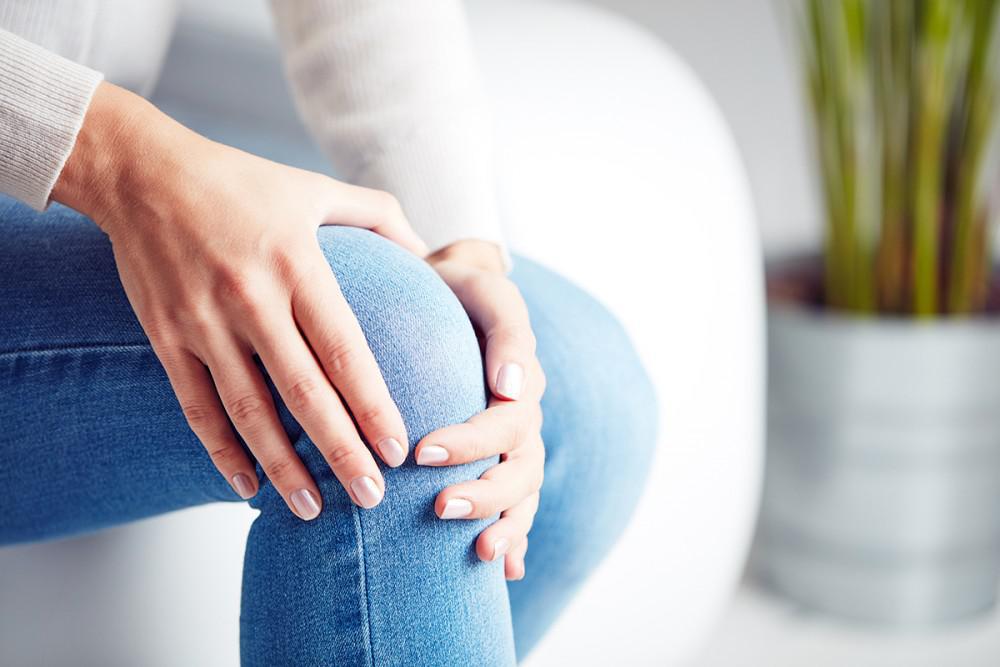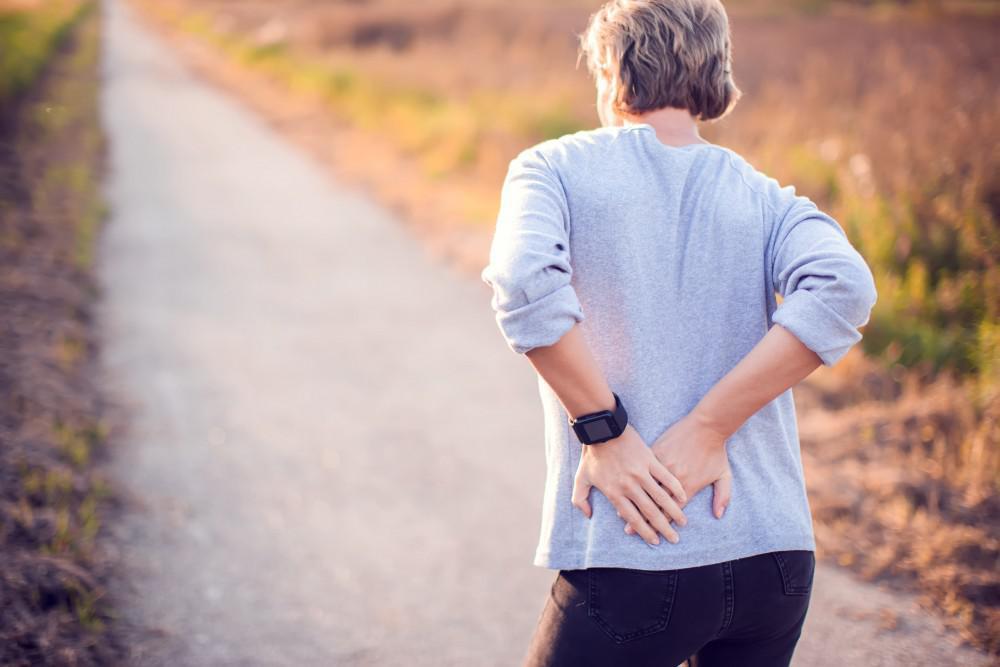
What Causes Knee Pain?
Knee pain is a condition that can affect anyone at any time, and it can be the result of a variety of causes. Injuries, medical conditions, physical factors, or even genetic predispositions can play a role in causing knee pain. A sudden injury or accident could trigger knee pain or overuse without good physical support.
Symptoms
Depending on the cause of the problem, the location of the pain can vary. However, symptoms that many times accompany knee pain include:
- Swelling and stiffness
- Weakness or instability
- Popping or crunching noises
- Redness with warmth to the touch
- Inability to fully straighten the knee
Common Injuries
Knee injuries can affect not only the knee itself but also the ligaments, tendons, or fluid-filled sacs (bursae) that surround your knee. They can also affect the bones, cartilage, and ligaments of the joint itself. Several of the more common knee injuries include:
- ACL injury. The anterior cruciate ligament (ACL) is one of four ligaments connecting the shinbone to the thigh bone. ACL injuries are very common among athletes.
- Patellar tendinitis. Tendinitis causes irritation and inflammation of one or more tendons. These are the thick, fibrous tissues that attach muscles to bones. It allows you to kick, run and jump, and athletes such as runners, skiers, cyclists are susceptible to this type of injury.
- Fractures. The bones of the knee are easily broken during falls or during auto accidents. Conditions such as osteoporosis can also sometimes weaken the bones enough to cause a knee fracture by a simple misstep.
- Torn meniscus. The meniscus is the tough, rubbery cartilage and it acts as a sort of shock absorber between your shin and thigh bone. A sudden twist of your knee while bearing weight on it can cause it to tear.
Mechanical problems
Some people experience mechanical problems that can cause knee pain. These can include the following:
- Dislocated kneecap. This is caused by the triangular bone that covers the front of your knee (patella) slipping out of place. In some cases, you might be able to see the dislocation on the side of the knee.
- Iliotibial band syndrome. This tough band of tissue extends from the outside of your hip to the outside of your knee. If it becomes so tight that it rubs against the outer portion of your thigh bone, it can cause pain. Distance runners and cyclists are especially susceptible to this condition.
- Hip or foot pain. Experiencing hip or foot pain may cause a change in the way that you walk, in order to spare your painful joint. This change in your natural gait or stride can place more stress on your knee joint and lead to knee pain.
- Loose body. Injury or degeneration of bone or cartilage can cause a piece of bone or cartilage to break off and “float” in the spaces of the joint.
Arthritis
There are more than 100 different types of arthritis that exist. However, the varieties most likely to affect the knee include:
- Osteoarthritis, sometimes known as degenerative arthritis. This is the most common type of arthritis.
- Rheumatoid arthritis. This form of arthritis is an autoimmune condition that can affect almost any joint in your body.
- Gout. This arthritis occurs when uric acid crystals build up in the joint. It typically affects the big toe or the knee.
Risk factors
There are a variety of risk factors when it comes to your knees. However, a number of factors that can increase your risk of having knee problems include the following:
- Being overweight. Excess weight or obesity increases stress on your knee joints during normal activity. It also increases your risk of osteoarthritis.
- Prior injuries. Unfortunately, a previous knee injury makes it more likely that you’ll injure your knee again.
- Lack of muscle flexibility or strength. Strong, flexible muscles help stabilize and protect your joints from injury.
- Certain sports or occupations. Some sports put greater stress and risk on your knees than others. Jobs that require repetitive stress on the knees such as delivery drivers, movers, construction, and farming increase your risk of knee injury.
Can you prevent knee pain?
While it’s not always possible to prevent knee pain, there are ways to avoid some injuries. Here are a few of the best preventive measures that you can take on your own:
- Maintain a healthy weight. This is one of the best things that you can do to protect your knees. Each additional pound puts extra strain on your joints, increasing your risk of injuries and osteoarthritis.
- Stay strong and flexible. Weak muscles and poor flexibility leave your knees susceptible to injuries. If you’re not sure where to start, yoga and pilates are great ways to start.
- Be smart about exercise. If you already have arthritis, chronic knee pain, or injuries, you might need to take a different look at the way you exercise. Exercises like swimming, water aerobics, yoga, or other low-impact activities can provide relief while still allowing you to remain active.
When should you see a doctor?
Making an appointment to see your doctor isn’t a bad idea. However, if you’re putting off an office visit keep these symptoms in mind:
- Can you bear weight on your knee or does it feel as if your knee is unstable or gives out?
- Do you have severe knee pain that is associated with an injury?
- Do you have noticeable knee swelling?
- Can you see an obvious deformity in your leg or knee?
- Are you unable to fully extend or flex your knee?
- Do you have a fever in addition to redness, pain, and swelling in your knee?
Not all knee pain is serious enough to need medical treatment, but some knee injuries and medical conditions, such as osteoarthritis, can lead to increasing pain and even permanent joint damage if not treated. Also, experiencing a knee injury makes it more likely that you’ll have similar injuries in the future, even if the earlier injury was minor. It’s always a good idea to see a doctor who can assess the health of your knees, and give you advice on how to best take care of them.










Related Posts